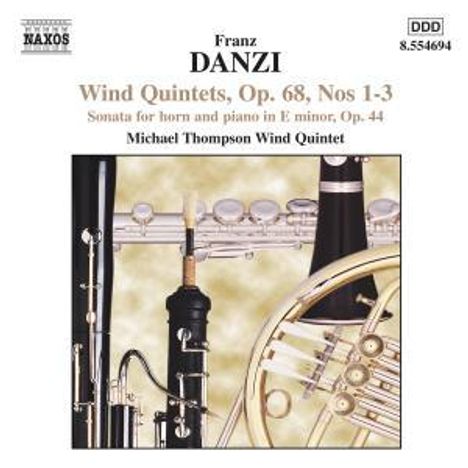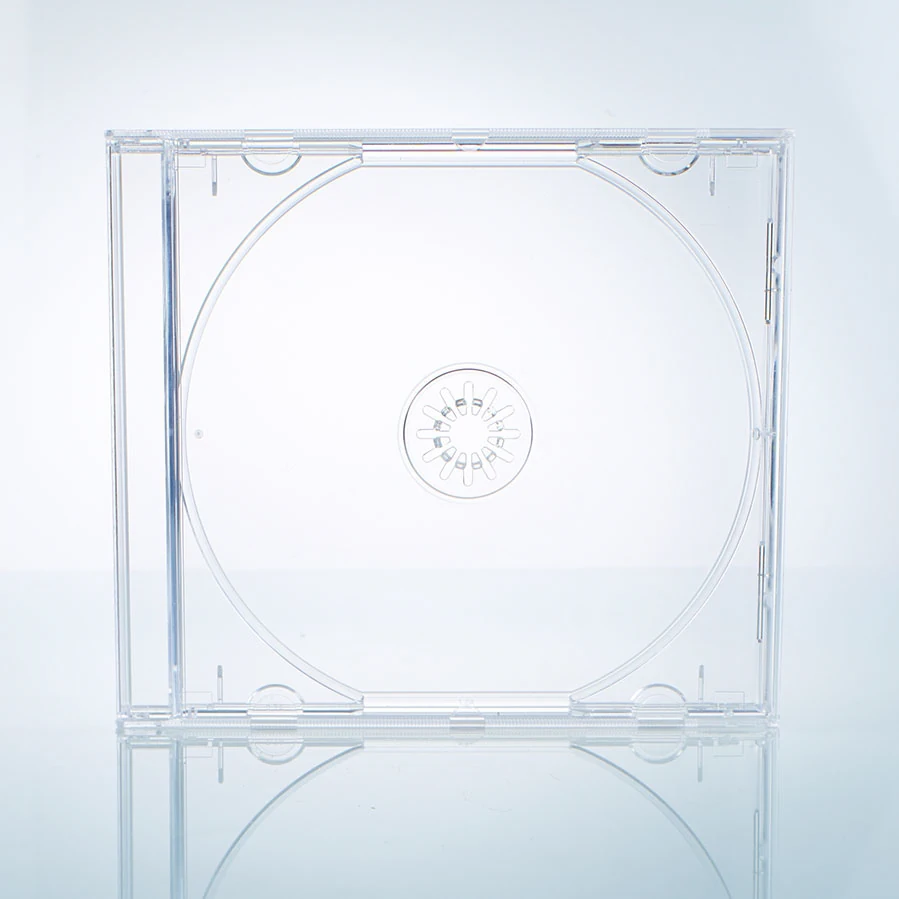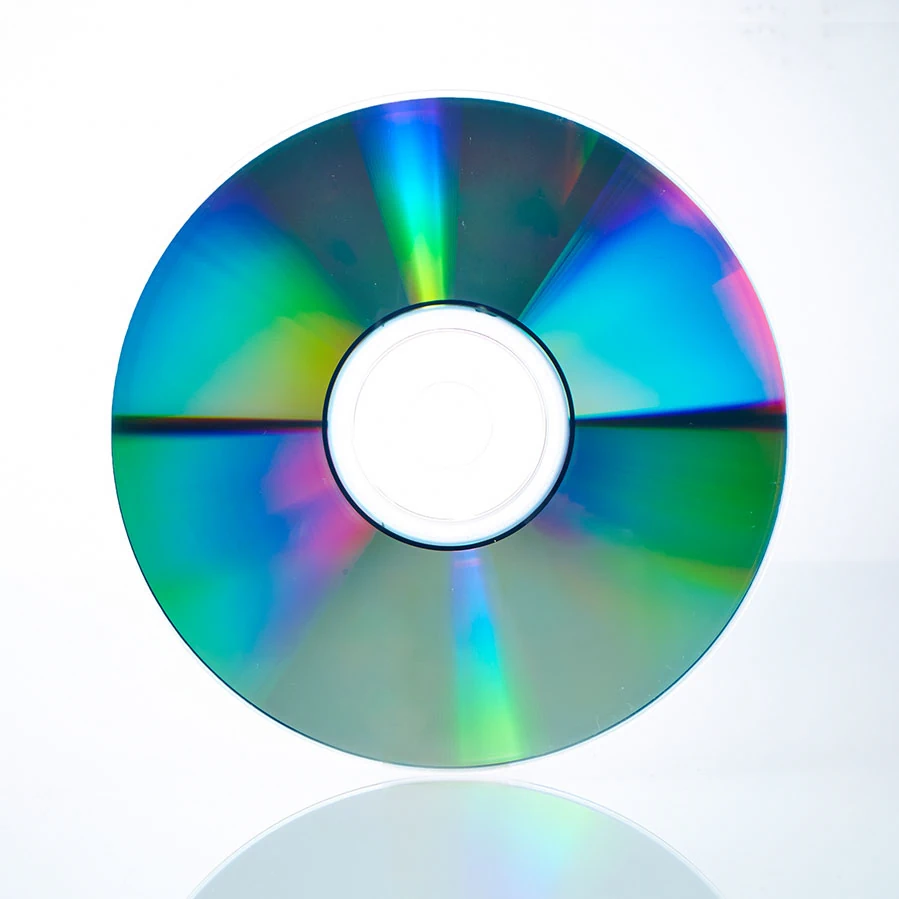Franz Danzi: Bläserquintette op.68 Nr.1-3 auf CD
Bläserquintette op.68 Nr.1-3
Herkömmliche CD, die mit allen CD-Playern und Computerlaufwerken, aber auch mit den meisten SACD- oder Multiplayern abspielbar ist.
(soweit verfügbar beim Lieferanten)
+Hornsonate op. 44
- Künstler:
- Michael Thompson Wind Quintet; Philip Fowke, Klavier
- Label:
- Naxos
- Aufnahmejahr ca.:
- 1995
- Artikelnummer:
- 3741524
- UPC/EAN:
- 0636943469422
- Erscheinungstermin:
- 28.5.2001
Trotz der augenscheinlichen Isolation, in der Danzi in Karlsruhe lebte, gelang es ihm offensichtlich, mit den aktuellen Trends Schritt zu halten, denn die Veröffentlichung seiner Quintette op. 56 für Flöte, Oboe, Klarinette, Horn und Fagott im Jahr 1821 war ein klarer Versuch, von der Begeisterung des Publikums für Anton Reichas bahnbrechende Werke für die gleiche Instrumentenkombination zu profitieren. Diese waren seit 1817 nicht mehr in jährlichen Sechserfolgen veröffentlicht worden, und Danzi reagierte darauf, indem er seine eigenen Quintette nicht an seinen üblichen Verleger, sondern an den Pariser Maurice Schlesinger schickte. Er erlaubte auch, dass seine Widmung an Reicha in grösseren Buchstaben als sein eigener Name erschien, und, ermutigt durch die Antwort, komponierte kurz darauf zwei weitere Sätze von sechs Werken, Op. 67 und Op. 68, für dieselben Instrumente. Diesmal hatten sie jedoch keine Widmung und wurden 1823 oder 1824 von Johann André von Offenbach veröffentlicht, den Danzi zuvor gelegentlich benutzt hatte, der aber vor allem für seine bahnbrechenden Editionen von Mozarts Werken bekannt war. Alle Quintette offenbaren die Fähigkeit ihres Komponisten mit attraktiven Melodien und sanften chromatischen Harmonien und kontrastieren in ihrem prägnanten, technisch anspruchslosen und formal konventionellen Stil mit Reichas expansivem und oft virtuosem Ansatz.
Die Sonate für Klavier mit Begleitung für obligates Horn oder Violoncello, op. 44, wurde erstmals im November 1813 von Breitkopf und Härtel zum Verkauf ausgeschrieben. Diese Art von Verkaufsgespräch war im späten 18. und frühen 19. Jahrhundert nicht ungewöhnlich, als es üblich war, das Klavier als "Haupt"-Instrument und nicht als Begleiter zu betrachten und eine Auswahl an "Begleit"-Instrumenten anzubieten, um den Verkauf anzukurbeln. Beides ist jedoch im Fall von Danzis Sonate besonders passend. Das häufige Durcheinander der Noten im Klavierpart steht in starkem Kontrast zur lyrischen Hornlinie, und er hielt es für unerlässlich, den potentiellen Markt durch das Angebot einer Alternativstimme für Cello zu erweitern. Dass Danzis Sonate op. 44, wie auch seine frühere Sonate op. 28 in Es-Dur, für Horn geschrieben wurde, geht jedoch aus dem Schreibstil hervor: Die Molltonarten sind für Spieler des natürlichen, ventillosen Horns, das zu dieser Zeit in Gebrauch war, etwas unangenehm, und Danzi überwindet die Schwierigkeiten in dieser allerersten Molltonarten-Sonate für das Instrument, indem er sowohl den schönen langsamen Satz als auch das Finale in E-Dur schreibt.
Product Information
Despite Danzi’s apparent isolation in Karlsruhe, he clearly managed to keep abreast of current trends, for the publication in 1821 of his quintets Op. 56 for flute, oboe, clarinet, horn and bassoon was a clear attempt to cash in on the public enthusiasm for Anton Reicha’s ground-breaking works for the same combination of instruments. These had not been published in annual sets of six since 1817, and Danzi responded by sending his own quintets not to his usual publisher but to the Parisian Maurice Schlesinger. He also allowed his dedication to Reicha to appear in larger letters than his own name, and, encouraged by the response, composed two further sets of six works, Op. 67 and Op. 68, for the same instruments shortly afterwards. This time, however, they had no dedication and were published in 1823 or 1824 by Johann André of Offenbach, whom Danzi had occasionally used before but was most famous for his pioneering editions of Mozart’s works. All of the quintets reveal their composer’s facility with attractive melodies and gently chromatic harmonies, and contrast with Reicha’s expansive and often virtuoso approach in their concise technically undemanding and formally conventional style.
The Sonata for piano with accompaniment for obbligato horn or violoncello, Op. 44, was first advertised for sale by Breitkopf and Härtel in November 1813. This type of sales pitch was not uncommon in the late 18th and early 19th Centuries, when it was conventional to regard the piano as the "main" instrument rather than the accompanist, and to offer a choice of "accompanying" instruments to boost sales. Both, however, are particularly apposite in the case of Danzi’s sonata. The frequent flurries of notes in the piano part contrast strongly with the lyrical horn line and he felt that it was essential to broaden the potential market by offering an alternative part for cello. That Danzi’s Op. 44, like his earlier sonata, Op. 28 in E flat, was written for horn is clear, however, from the style of the writing: minor keys are a little awkward for players of the natural, valveless horn which was in use at the time, and Danzi overcomes the difficulties in this first ever minor-key sonata for the instrument by writing both the beautiful slow movement and the finale in E major.
Rezensionen
G. Pätzig in KLASSIKheute 11/01: "Trotz ihres Charakters als scheinbar belanglos-heitere Serenadenmusiken ent- schlüsseln sie sich dem Zuhörer bei einiger Aufmerksam- keit schnell als wahre Prachtexemplare an Modulations- freude, Klangfarbenvielfalt und ideenreicher Motiv- spielerei. Die ungenannten Mitwirkenden des von dem Solo- hornisten Michael Thompson zusammengestellten Londoner Bläserensembles spüren mit hörbarem Vergnügen diesen Raffinessen nach und übertragen die Spiellaune unmittel- bar auf ihr Publikum."Disk 1 von 1 (CD)
-
1 Wind Quintet in A major, Op. 68, No. 1: I. Allegro moderato
-
2 Wind Quintet in A major, Op. 68, No. 1: II. Larghetto
-
3 Wind Quintet In A Major, Op. 68, No. 1: Iii. Minuetto: Allegro
-
4 Wind Quintet in A major, Op. 68, No. 1: IV. Polacca
-
5 Wind Quintet in F major, Op. 68, No. 2: I. Allegro
-
6 Wind Quintet in F major, Op. 68, No. 2: II. Andante quasi allegretto
-
7 Wind Quintet In F Major, Op. 68, No. 2: Iii. Minuetto: Allegretto
-
8 Wind Quintet in F major, Op. 68, No. 2: IV. Allegretto
-
9 Wind Quintet in D minor, Op. 68, No. 3: I. Andante sostenuto - Allegretto
-
10 Wind Quintet in D minor, Op. 68, No. 3: II. Andante
-
11 Wind Quintet In D Minor, Op. 68, No. 3: Iii. Minuetto: Allegretto
-
12 Wind Quintet in D minor, Op. 68, No. 3: IV. Allegro assai
-
13 Horn Sonata in E minor, Op. 44: I. Allegro
-
14 Horn Sonata in E minor, Op. 44: II. Larghetto
-
15 Horn Sonata In E Minor, Op. 44: Iii. Allegretto
Mehr von Franz Danzi







